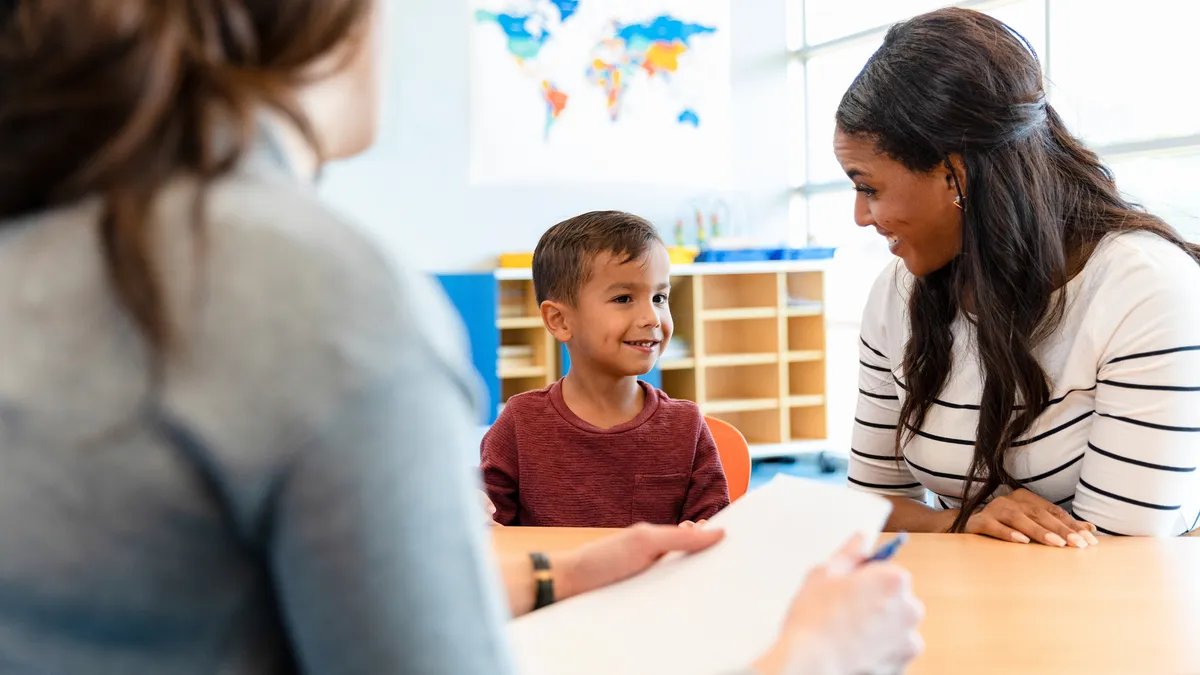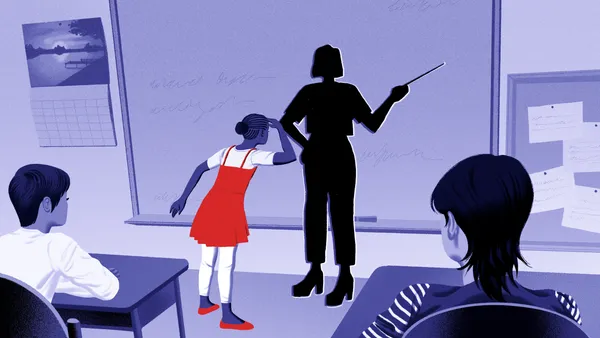Schools are on a mission to address learning gaps in students who’ve suffered from pandemic-related school closures and the challenges of remote learning. While many students have shown remarkable resilience in catching up with their studies, there are other cohorts who are experiencing a delay in their expected learning progress, leading educators to seek flexible resources that will accommodate a wide range of proficiency among students in their classes.
“Educators, students and caregivers all must play a part in this recovery and everyone does their best work when they feel empowered and well-equipped with the tools needed to succeed,” says Kristina Breaux, Ph.D, Principal Research Director, Education Portfolio for Pearson. “We need to focus our time and attention on building the right tools and providing resources so that we can be part of the solution.” As a licensed special educator, learning disabilities specialist, researcher and published author, Breaux brings an extensive background in all issues related to child development as she leads the development of diagnostic achievement tests and dyslexia assessment solutions in clinical assessment.
While schools work to address recovery by filling in academic knowledge, they also realize this target alone may not adequately address the myriad of needs many students have, including the overwhelming number who are also facing extraordinary mental health challenges. Here’s what educators need to know about meeting each of their students where they are.
Learning gaps are not equally shared
Equity is a key goal for school districts and unfortunately the pandemic’s effects weren’t shared uniformly. “Any kind of public health disaster tends to amplify the vulnerabilities that exist in our communities,” Breaux said, underscoring that the pandemic disproportionately affected low-income families and students of color. In fact, an analysis of testing data by the nonprofit NWEA confirmed that academic issues are more acute among students in high-poverty schools and Black and Hispanic students.
Students with learning disabilities were also greatly impacted by the educational disruption because of their need for greater instructional support, even under typical learning conditions.
It will take teamwork to overcome these gaps, Breaux points out. “The most successful outcomes happen through strong collaboration between caregivers at home and educators at school because it means that students are being supported from all sides.”
Mental health is intertwined with academic achievement
As educators work with students to overcome learning gaps they must equally address mental health, which is essential to the overall wellbeing of children and is the cornerstone of learning achievement.
Any adverse or traumatic experience is likely to negatively impact a child's mental health, which can lead to symptoms like irritability and aggression or physical ailments like headaches and stomach aches. In many cases when this happens, school attendance and motivation tend to suffer. “All of these factors can contribute to poor academic performance because everything is so closely linked,” says Breaux.
She adds that children with learning disabilities are often at an increased risk for co-occurring emotional and behavioral conditions such as anxiety, depression and attention deficit disorders, making it even more critical to evaluate children who may be struggling with learning difficulties.
Closing the gap with digital tools
As educators cope with the seemingly endless tasks on their plate, it’s important to pursue solutions that make their lives easier. “When conducting a learning evaluation that screens or assesses for learning disabilities and mental health concerns, educators need the right tools, along with the time and resources to devote to the evaluation,” says Breaux.
That’s where friction-free digital offerings provide distinct advantages over traditional paper-based kits. They keep testing and scoring time to a minimum and offer more reliable and accurate scoring, with much of it automated.
Practitioners can also access a much wider array of assessments in a digital environment, Breaux points out. “As an example, Pearson's Digital Assessment Library for Schools offers over 40 digitally based assessments, organized by domain areas and clinical needs, at the practitioner's fingertips,” she says. A robust collection of tests such as this library can be easier to access than keeping paper-based kits on hand.
Three tools that Breaux recommends for educators are:
- The dyslexia toolkit, which also provides a theoretical framework to help educators understand what dyslexia is and how to develop intervention and progress monitoring strategies throughout the school environment.
- Beck Youth Inventories, which are behavioral and emotional screening systems that can help address social, emotional and mental health concerns.
- Behavior Assessment System for Children (BASC-3), which provides more detailed information and interventions to help understand the behaviors and emotions of children and teens.
As educators, students and families work together, they can collectively ensure a bright future for each one of today’s students. “At Pearson we are committed to providing the right resources to the educators delivering assessments and instruction so that they have the guidance they need to deliver the best student outcomes,” Breaux says.
Would your school benefit from the next generation of digital tools to help your students perform at their best in the classroom and beyond? Visit Pearson’s Digital Assessment Library for Schools here and for additional tools, resources and other information, visit Pearson’s Mental Health And Anxiety Resource Center.










